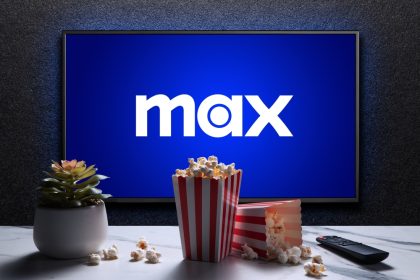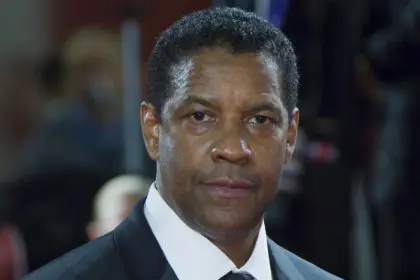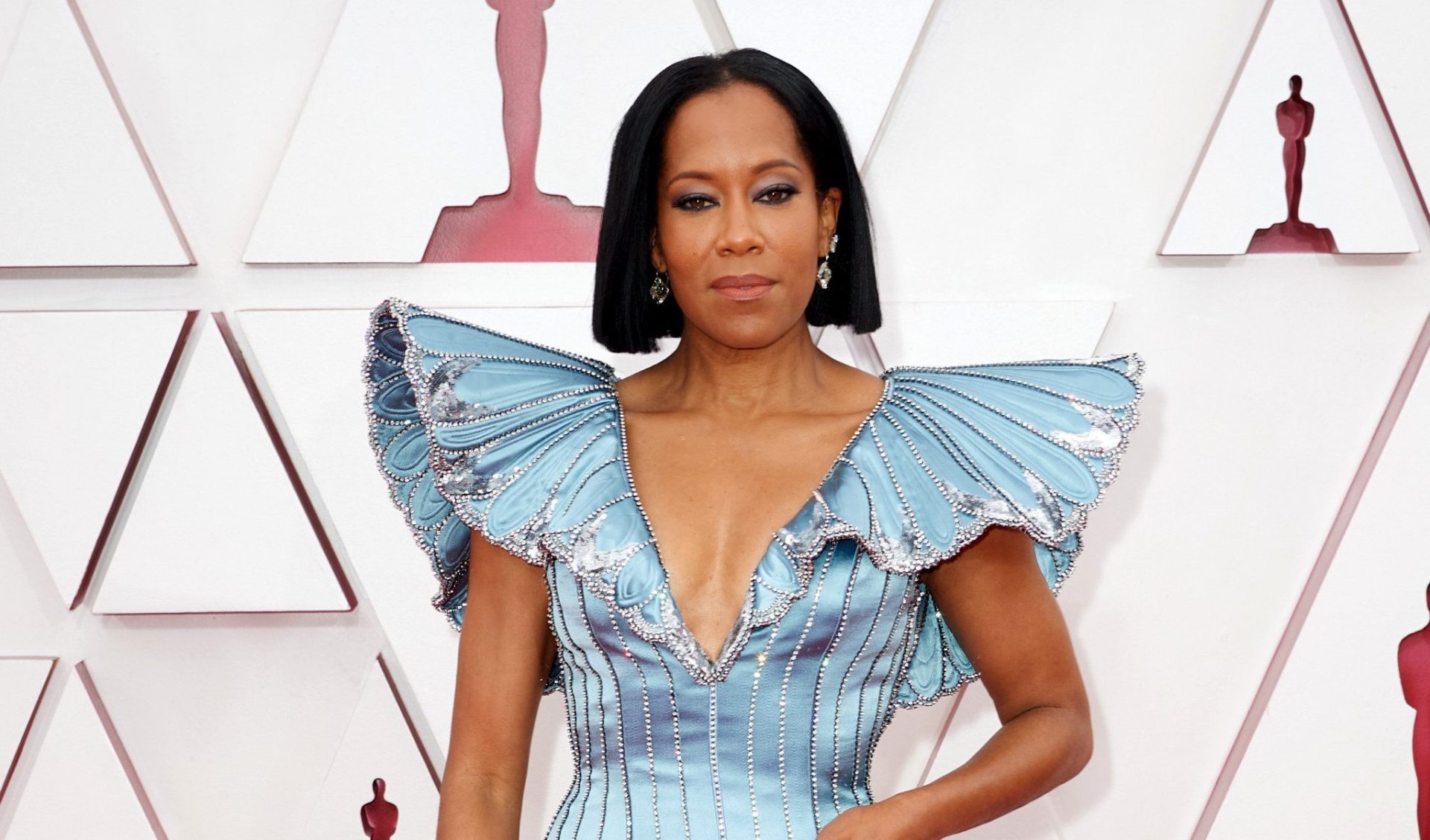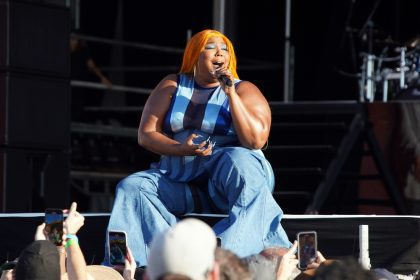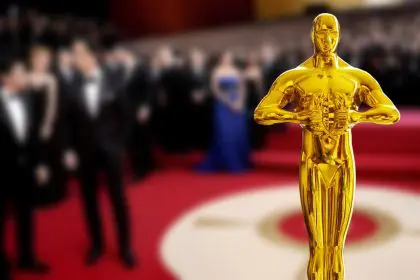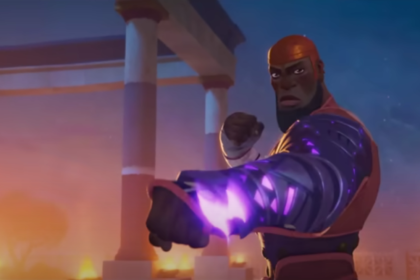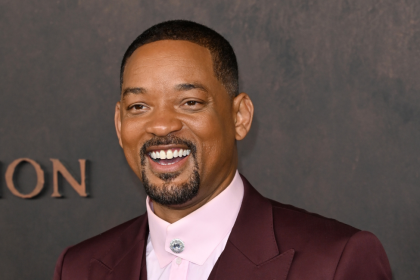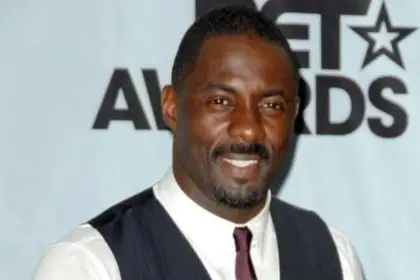It is safe to assume that most Black artists have grown accustomed to their work being disregarded by mainstream awards organizations, but very few, if any, awards organizations have shown a greater disdain for Black creativity than the Academy of Motion Picture Arts and Sciences. When Selma did not earn a best actor or best director Academy Award nomination, Black artists should have been irate, but they should not have been surprised. The Academy has an inglorious history of almost exclusively honoring the best White stories and storytellers with little golden statuettes, while ignoring the brilliance of a Diahann Carrol, Lena Horne, Samuel L. Jackson, Spike Lee, Oscar Micheaux or Cicely Tyson. Even though the Academy of Motion Picture Arts and Sciences is culpable in their refusal to acknowledge Black artistic excellence, laying the entire blame at their feet would be completely misguided. In fact, the major culprit is the American educational system.
The Black stories of love, challenge and triumph are embedded in the fabric of the American narrative. From Frederick Douglass and Harriet Jacobs to James Baldwin and Toni Morrison, Black literature is a vast and diverse canon, which most schoolchildren are rarely, if ever, introduced to in an American classroom. On the other hand, American school children receive a healthy dose of Fitzgerald, Hawthorne, Hemingway, Steinbeck, Twain, Shakespeare and more Shakespeare. American students have been nurtured to have a robust appreciation for White stories and storytellers, while viewing Black stories and storytellers as nothing more than quaint pieces of literature used to pass the time in the month of February. The marginalization of Black stories does not mean Black stories are being completely ignored.
One of the most egregious literary offenses is the fact that it seems the only way Black stories can be celebrated is if they are penned by a White storyteller; told through a White lens; and have a White character acting as hero or savior to the Black community. Harper Lee’s To Kill a Mockingbird, which many believe to be the greatest American novel ever written, exemplifies these literary offenses perfectly. To Kill a Mockingbird is a story that centers on the false rape accusation made by Mayella Ewell, a White woman, levied against Tom Robinson, a Black man, in 1930s Jim Crow Alabama. Although Tom Robinson’s neck is being measured for a noose, the story becomes a character study about Tom’s White attorney, Atticus Finch, and the Finch family. Instead of the story using Tom Robinson’s plight to illustrate how Blacks were forced to live their lives as inferiors in the back of the bus; in poverty on the other side of the tracks; and in constant fear that they could be lynched for any sign of disrespect to a White person, Harper Lee’s novel focuses on the challenges “good” White folks encounter when fighting racism. Lee’s 1961 Pulitzer Prize-winning, best-selling novel has been a mandatory read in countless American junior high and high schools for more than four decades. It will not come as a surprise that the film adaptation of the novel won multiple Academy Awards.
The slate of nominees for this year’s Academy Awards has a distinct racial resemblance to the authors and novels being taught in most American classrooms. The members of the Academy, as well as most of the movie going public, have had their palates trained to desire certain stories and storytellers since they were in kindergarten. Until school children are introduced to a diverse canon of stories and storytellers, do not expect the Academy of Motion Picture Arts and Sciences to have any regard for Black stories and storytellers. All your complaints and protests will simply fall on the deaf ears of the Academy of the Miseducated.
Samuel E. Adams is a freelance writer and educator in Chicago.


